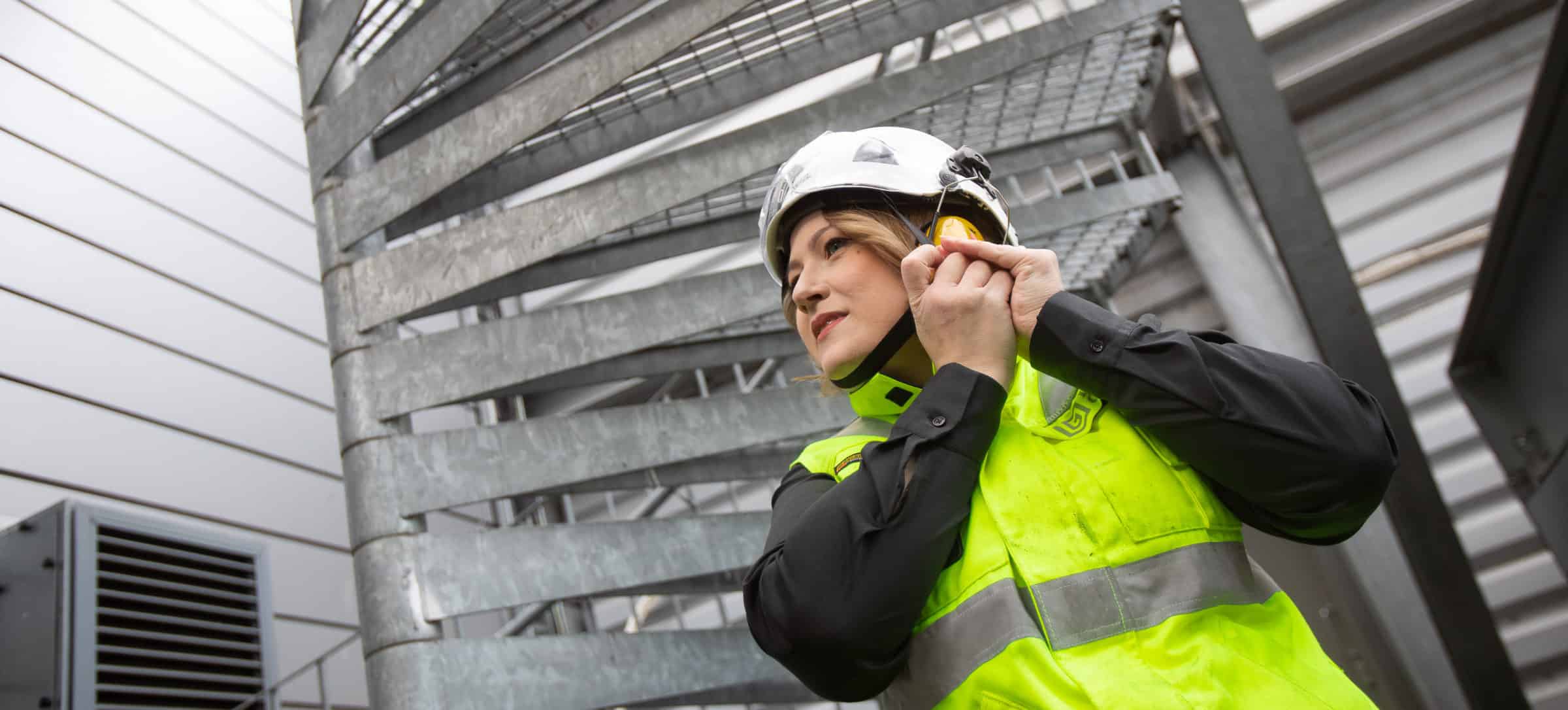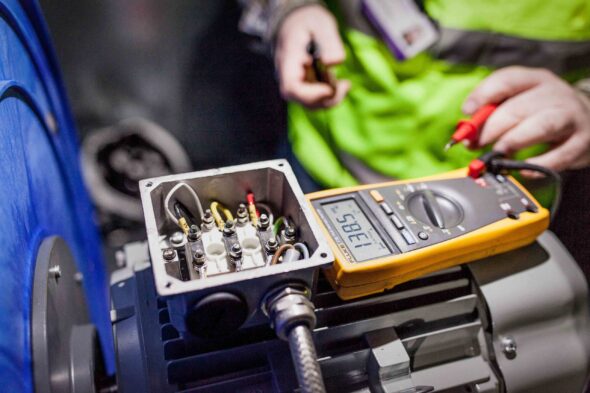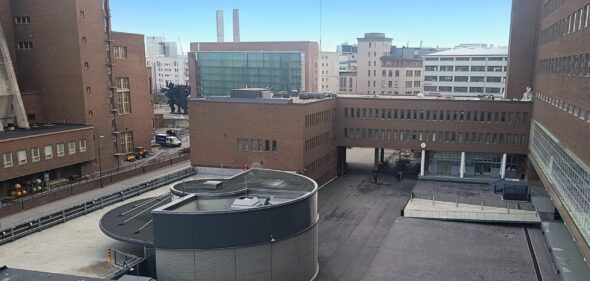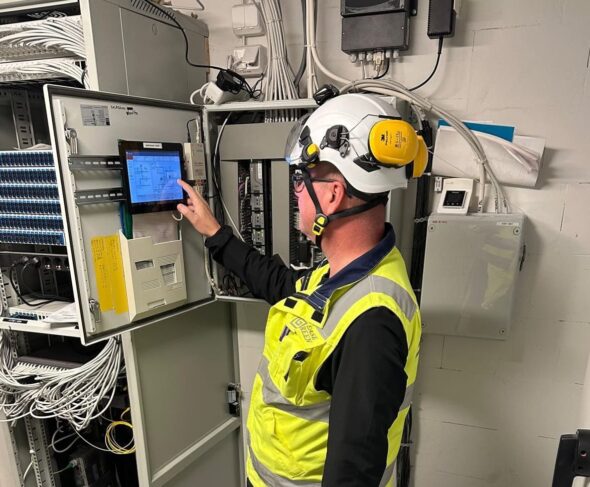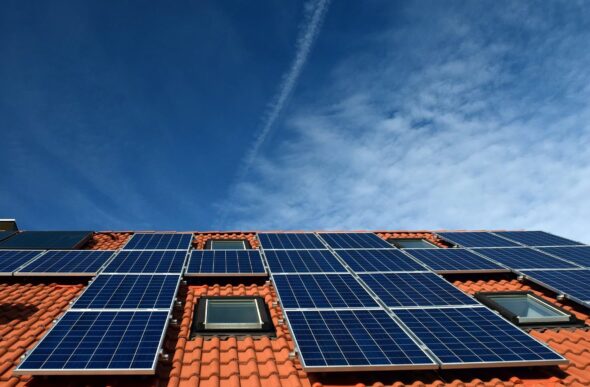Refrigeration is surprisingly important in maintaining the current standard of living. The internet is totally dependent on cooling data rooms. The production, transport and storage of food requires a strict cold chain. Homes and restaurants are full of fridges, freezers and refrigerators. Indoor cooling improves comfort and productivity, ice rinks and skating rinks need cooling, and so on.
In the 2020s, cold energy production will be transformed in many ways. Tackling climate change will require breaking with old ways and embracing new ones. Hybrid solutions combining cooling and heating and electricity demand response will open up interesting new business models. Legislation is forcing new technologies and old ways of doing things.
Cooling energy is produced by extracting thermal energy from the object to be cooled using heat pump technology. The process requires a refrigerant and work to move it, i.e. electrical energy. The refrigerant vaporises and absorbs heat in the object. The refrigerant is then sucked into a compressor, which further increases its pressure and temperature. In the third stage, the refrigerant is taken to a condenser, where it turns back into a liquid and gives off heat. After the condenser, the liquefied refrigerant flows through a pressure reducing expansion device to the evaporator and the circuit is closed.
The energy efficiency of a process is the sum of many things. The electricity consumption of the compressor makes a big difference. The smaller the difference between the evaporating and condensing temperatures, the less work the compressor has to do – i.e. the less electricity it consumes. The lower the temperature at which the refrigerant can be condensed, the less the compressor can do.
A 1°C drop in the condensing temperature of the refrigerant improves the coefficient of performance (COP) by about 3%. Similarly, a 1°C increase in the evaporating temperature improves the coefficient of performance by 3%. So even small temperature differences make a surprisingly large difference, especially as refrigeration machines often run continuously around the clock.
Unfortunately, the condensate energy generated in the condenser of a refrigeration plant often ends up as waste heat in the sky – treated as waste. Recently, however, there has been a new interest in waste heat recovery. The motivation is to reduce the carbon footprint, subsidies for energy renovation and, of course, savings on heating and electricity bills. The improving technical performance of heat pumps is giving a further boost to this development, as increasingly lukewarm temperatures can be harnessed.
Condensation heat can often be used directly for space heating, for example. A hybrid solution, on the other hand, directly reduces the need for purchased heat. In the future, refrigeration will be more widely integrated into heat generation systems and the two will no longer be considered as separate processes. The prospects for hybrid heating are promising, especially in industrial plants with a large number of refrigeration systems and high energy flows. New technologies and know-how are needed to maximise the efficiency of heat recovery.
Of course, the most important task of a refrigeration plant is always to provide sufficient cooling capacity to maintain a certain temperature level. Heat recovery and other additional functions come afterwards.
Electricity demand response provides a kind of side business model for refrigeration plants. In particular, the food industry and the retail sector have good opportunities to benefit from demand response. For example, a cold store can be cooled to a slightly lower temperature than required during a low-cost night-time electricity supply. Less cooling is then needed during the day when electricity is more expensive. Compressors can rest for part of the day or run at lower power.
Some frost storage facilities have been using demand response for years. In the future, cold stores will increasingly be part of a larger demand response system. The reward will be reflected in the electricity bill.
The refrigerants used for cooling are also changing. Traditionally, HFCs, or hydrofluorocarbons, which have a high GWP(global warming potential), have been used extensively, so they are potent greenhouse gases if they escape. For example, R404A fluorocarbon has a GWP of 3 922, compared to 1 for carbon dioxide. In other words, one kilogram of R404A refrigerant warms the climate almost 4 000 times more than one kilogram of carbon dioxide. So, as a refrigerant, carbon dioxide is quite climate-friendly. An even greener refrigerant is ammonia, which has a zero GWP, used in industrial refrigeration plants.
The European Union’s F-gas Regulation aims to significantly reduce emissions of HFCs. One of the instruments of the Regulation is to set quotas for the production and import of HFCs. The higher the GWP value, the more it consumes the quota. The regulatory mechanism raises the price of high GWP refrigerants and makes them more difficult to obtain.
In practice, the regulation is forcing the refrigeration industry to move rapidly towards environmentally friendly refrigeration processes. Old refrigeration systems will have to be replaced, which means major renovations in thousands of locations. In many buildings, it may be smart to replace lighting, ventilation and other building services at the same time.
The author Salla Sorokin is a refrigeration engineer and sales manager who helps LeaseGreen’s industrial customers to turn waste heat into useful energy.
